In November, our collaborators and we published the article “Stable-streamlined and helical cavities following the impact of Leidenfrost spheres” in the Journal of Fluid Mechanics. The abstract is below and the full article can be found here. Enjoy!
We report results from an experimental study on the formation of stable–streamlined and helical cavity wakes following the free-surface impact of Leidenfrost spheres. Similar to the observations of Mansoor et al. (J. Fluid Mech., vol. 743, 2014, pp. 295–326), we show that acoustic ripples form along the interface of elongated cavities entrained in the presence of wall effects as soon as the primary cavity pinch-off takes place. The crests of these ripples can act as favourable points for closure, producing multiple acoustic pinch-offs, which are found to occur in an acoustic pinch-off cascade. We show that these ripples pacify with time in the absence of physical contact between the sphere and the liquid, leading to extremely smooth cavity wake profiles. More importantly, the downward-facing jet at the apex of the cavity is continually suppressed due to a skin-friction drag effect at the colliding cavity-wall junction, which ultimately produces a stable–streamlined cavity wake. This streamlined configuration is found to experience drag coefficients an order of a magnitude lower than those acting on room-temperature spheres. A striking observation is the formation of helical cavities which occur for impact Reynolds numbers and are characterized by multiple interfacial ridges, stemming from and rotating synchronously about an evident contact line around the sphere equator. The contact line is shown to result from the degeneration of Kelvin–Helmholtz billows into turbulence which are observed forming along the liquid–vapour interface around the bottom hemisphere of the sphere. Using sphere trajectory measurements, we show that this helical cavity wake configuration has 40 %–55 % smaller force coefficients than those obtained in the formation of stable cavity wakes.
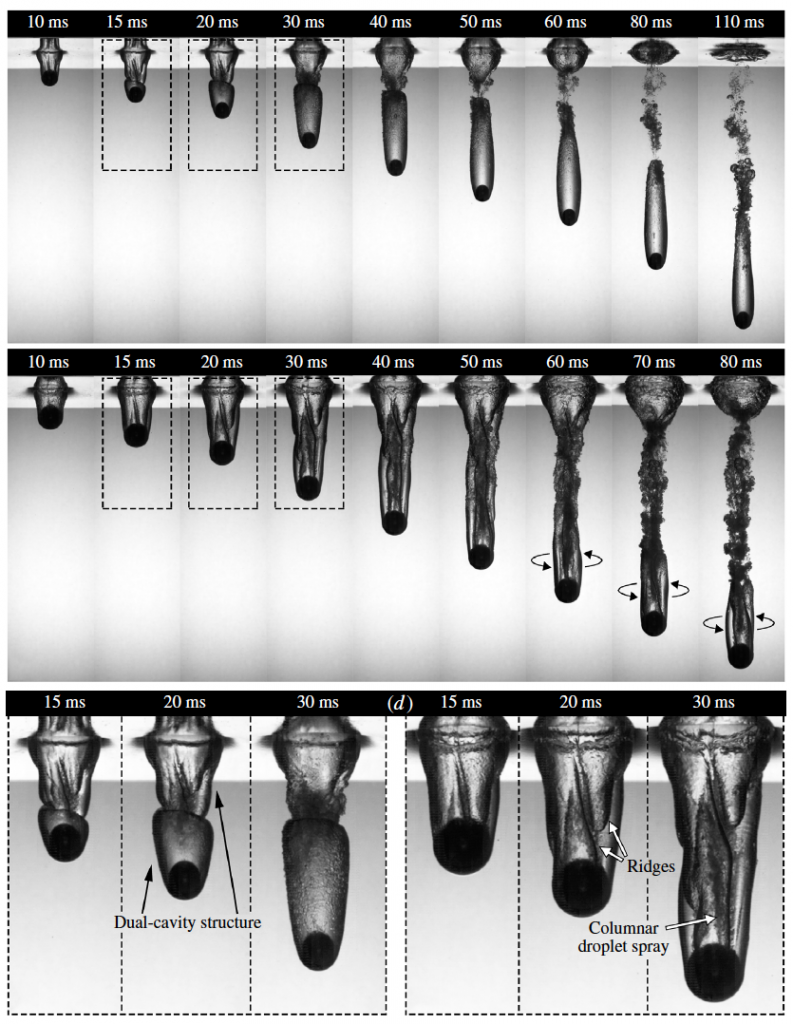


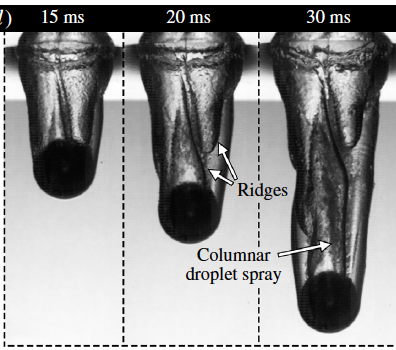
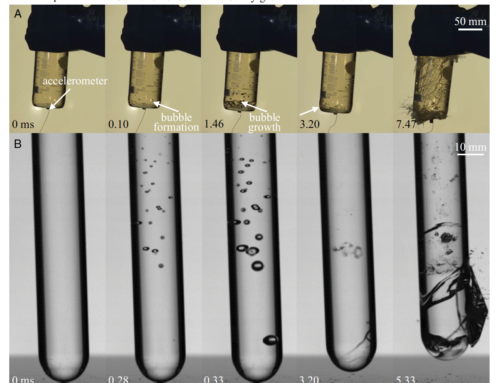
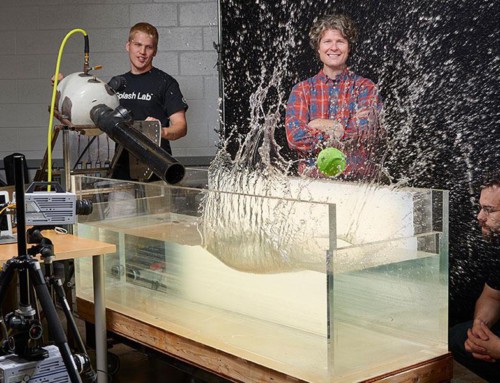
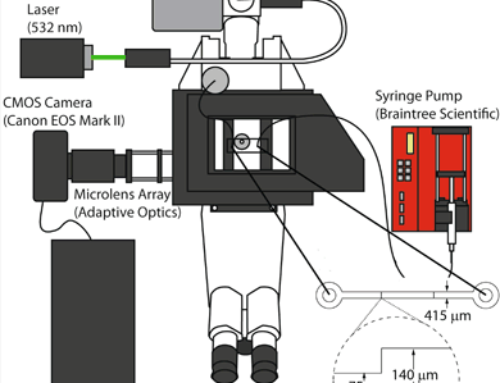
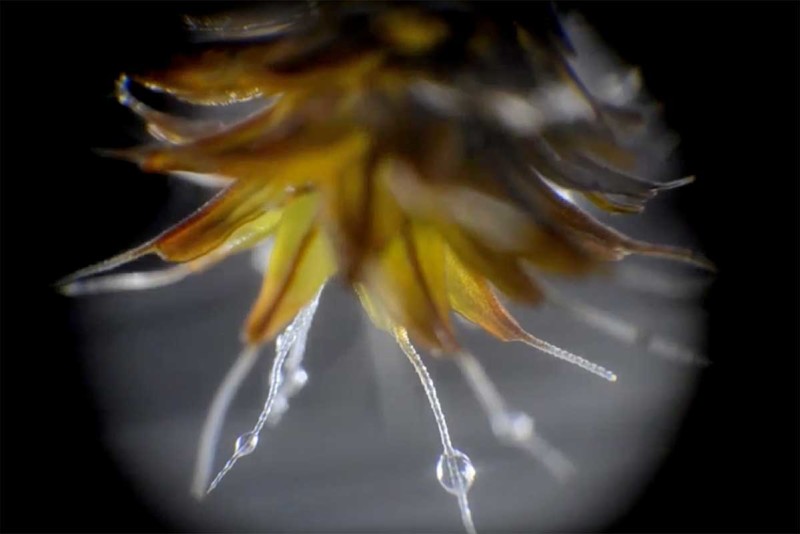
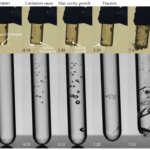
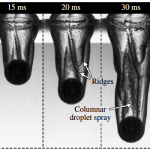
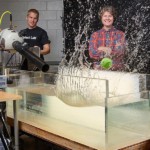
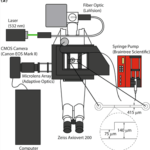
Recent Comments